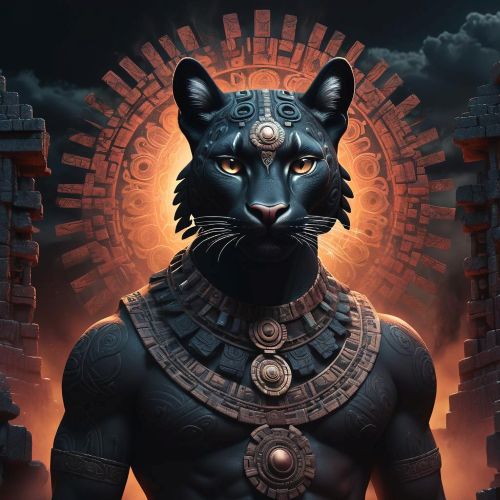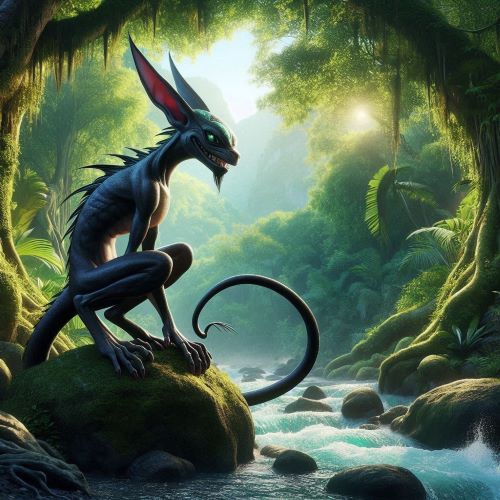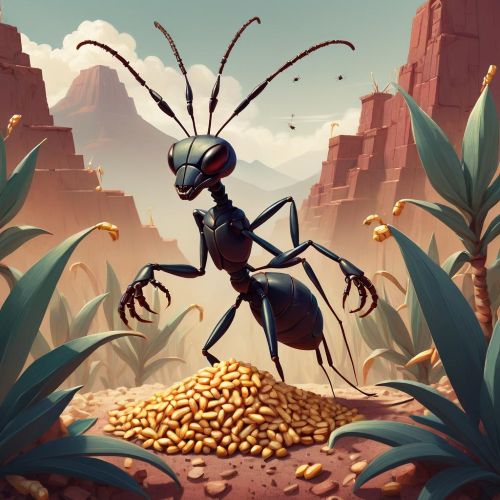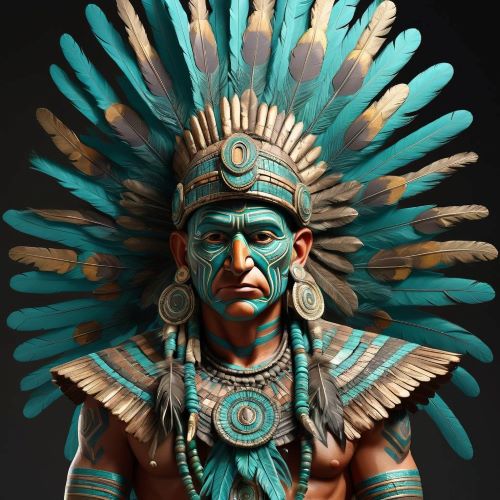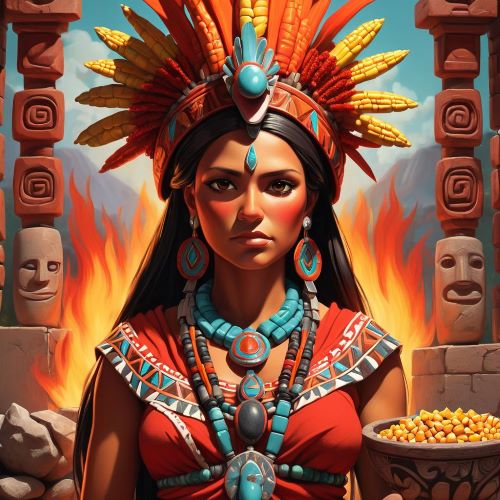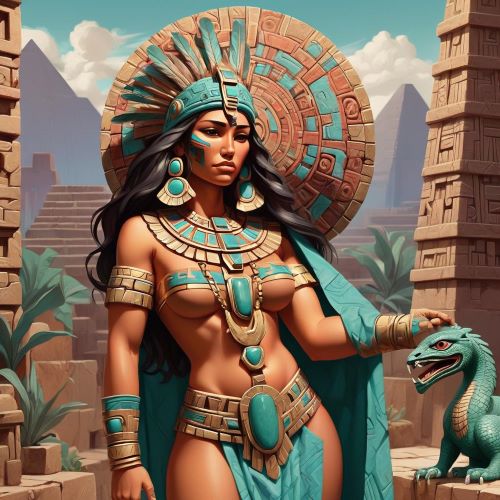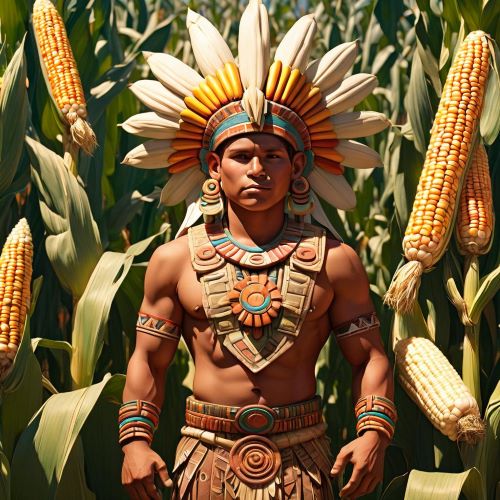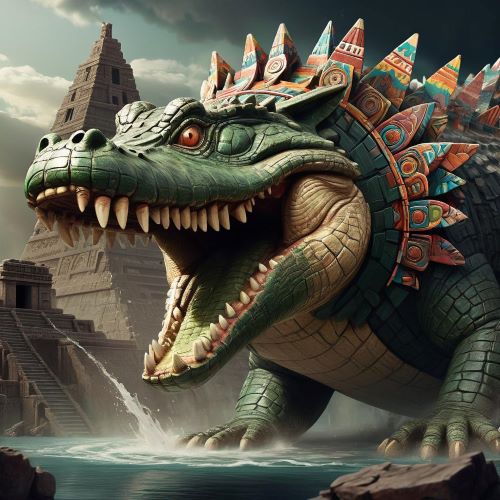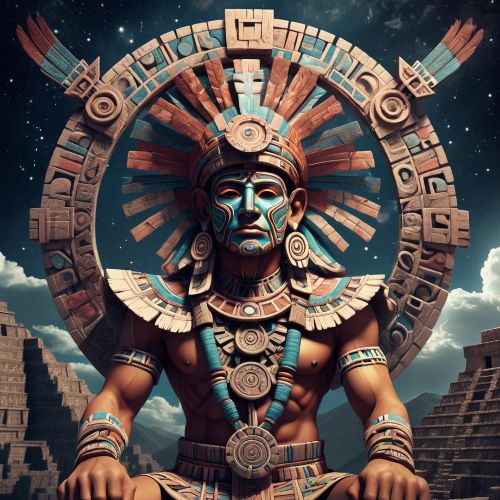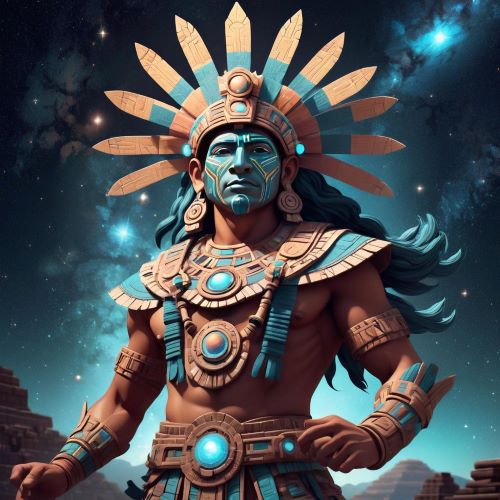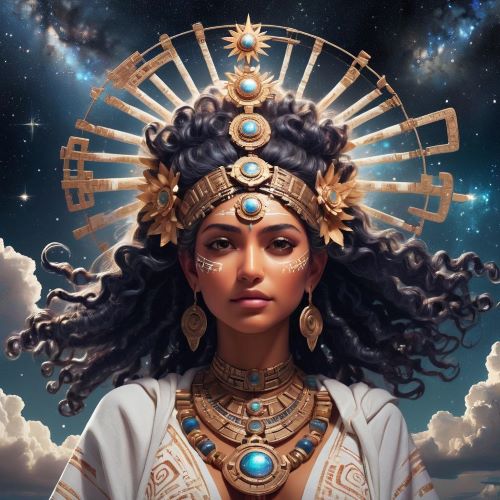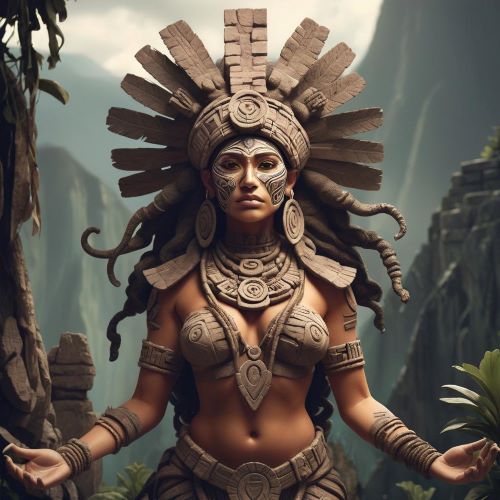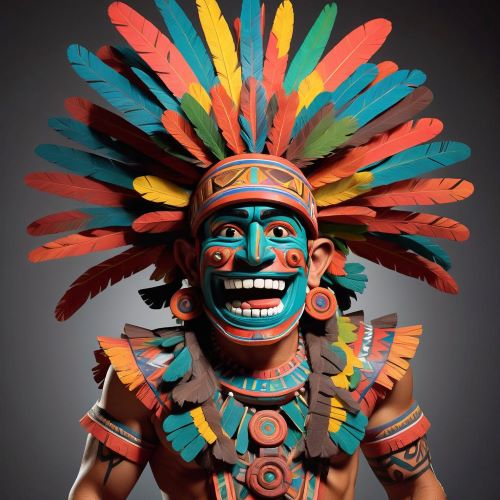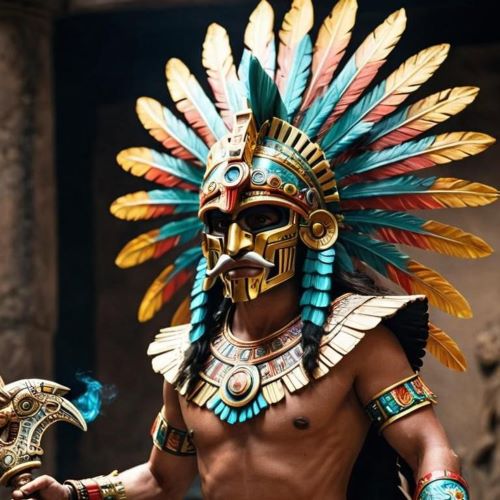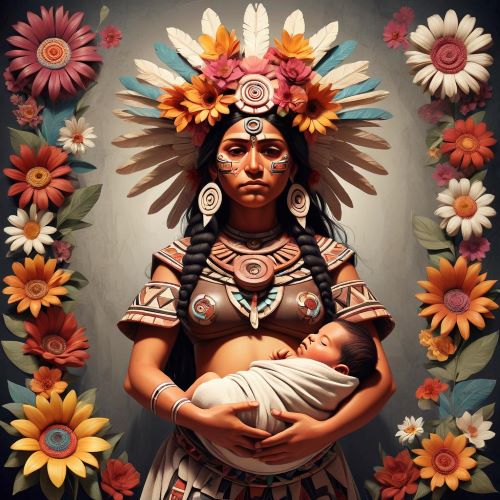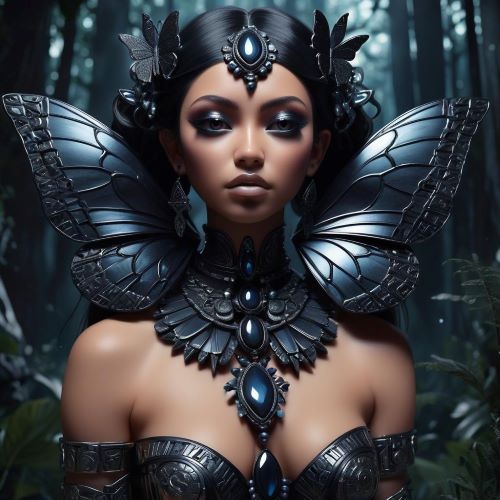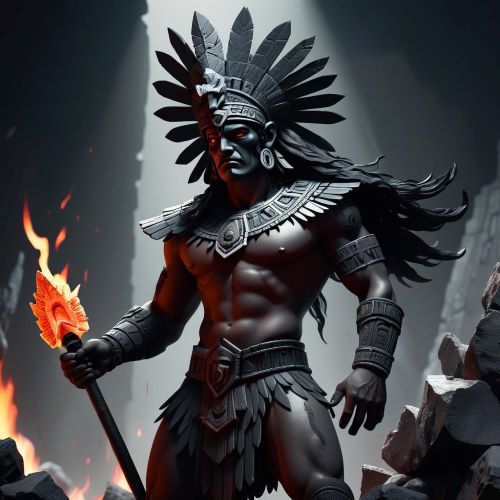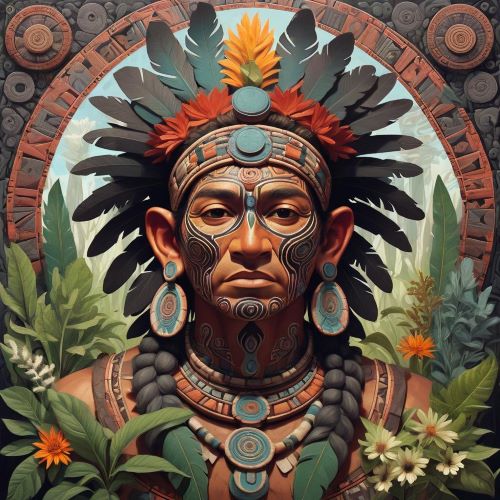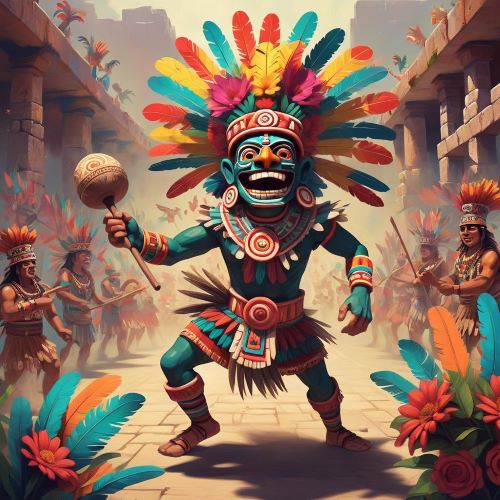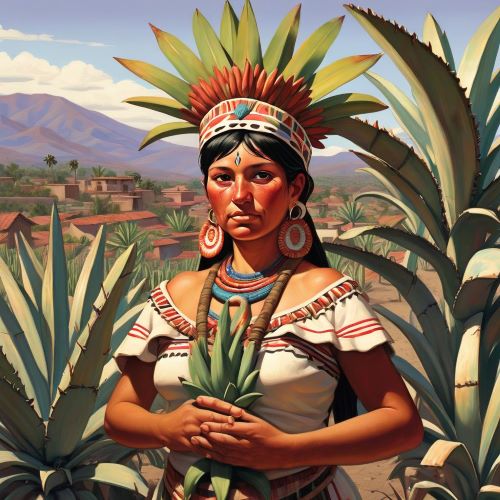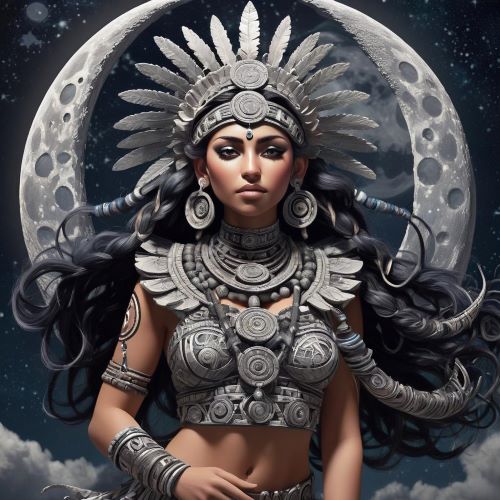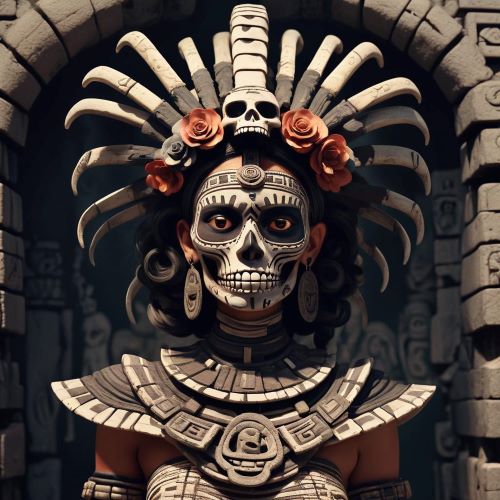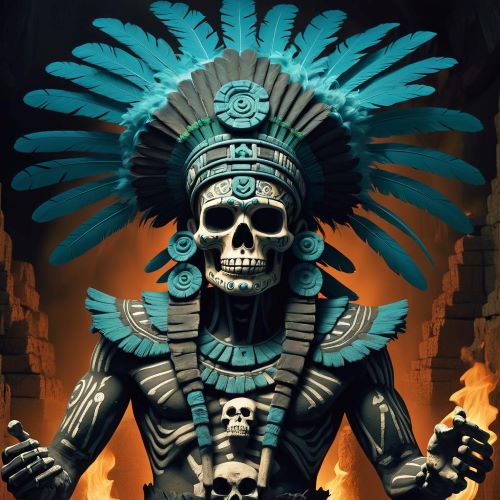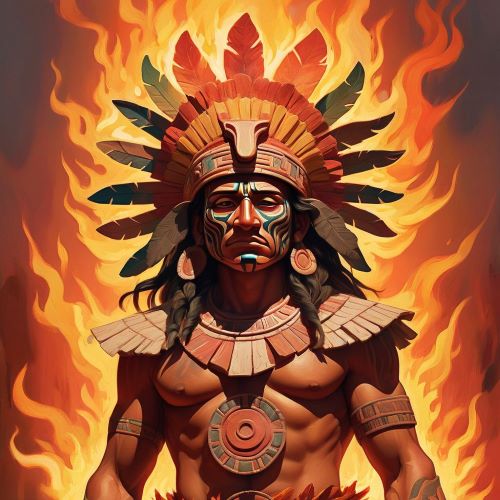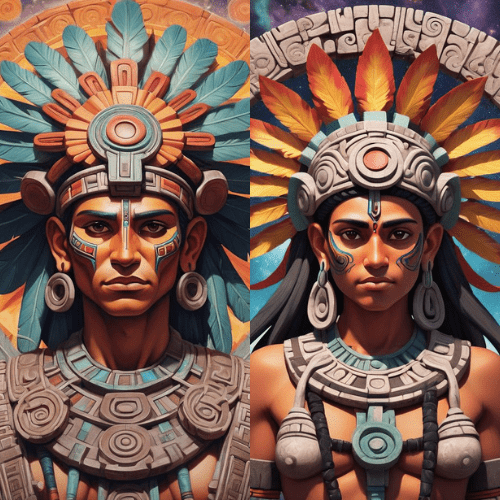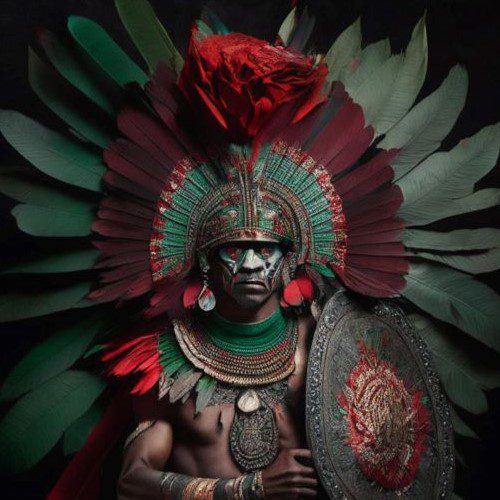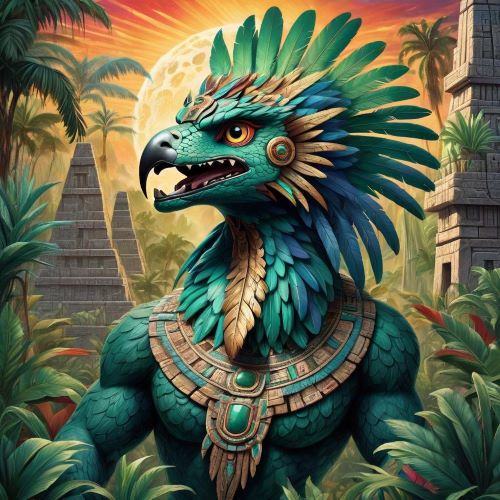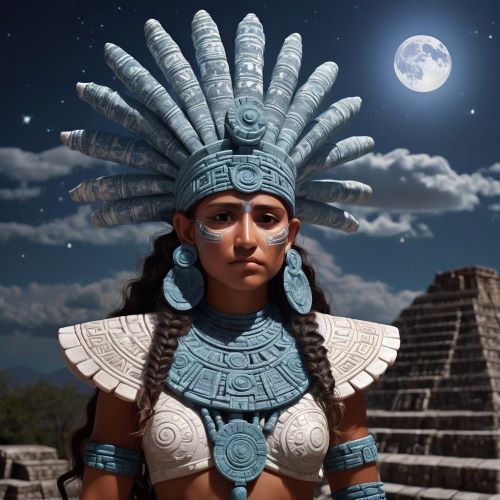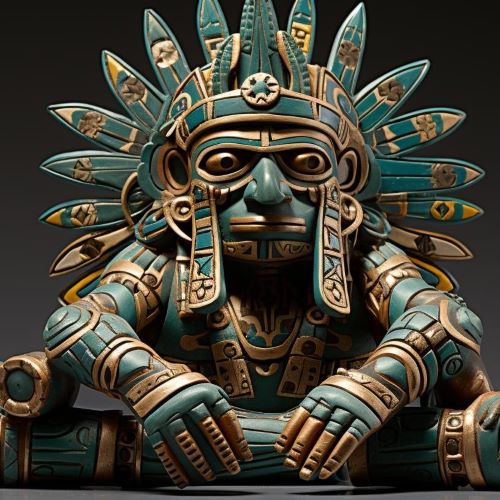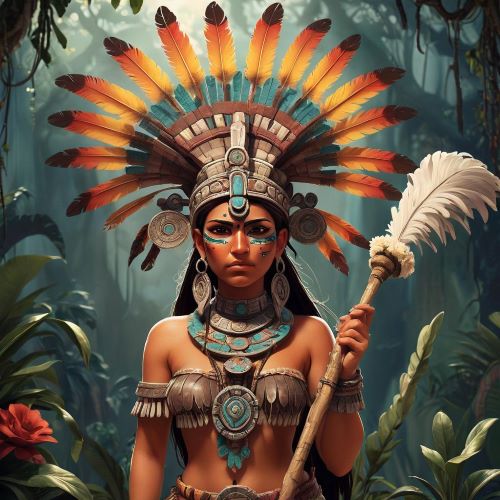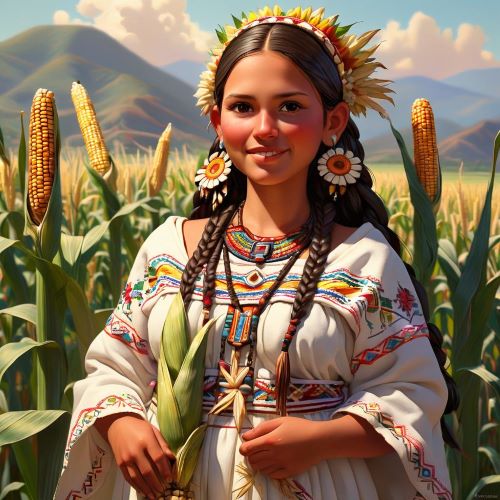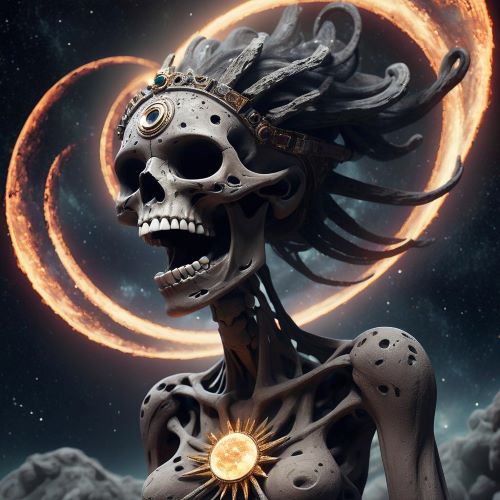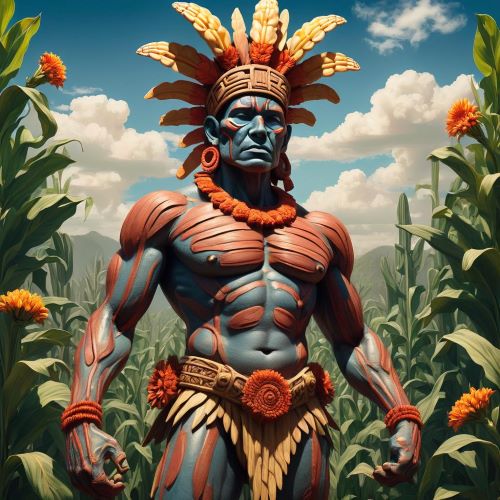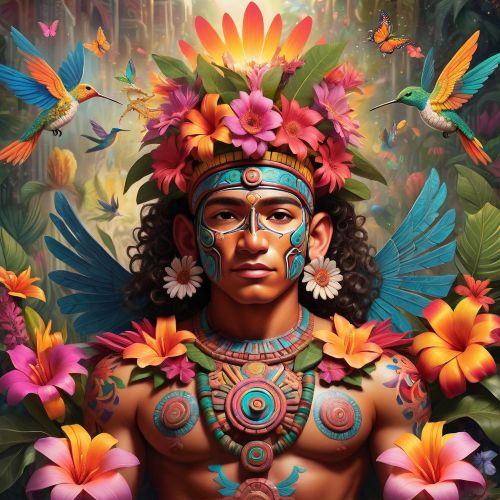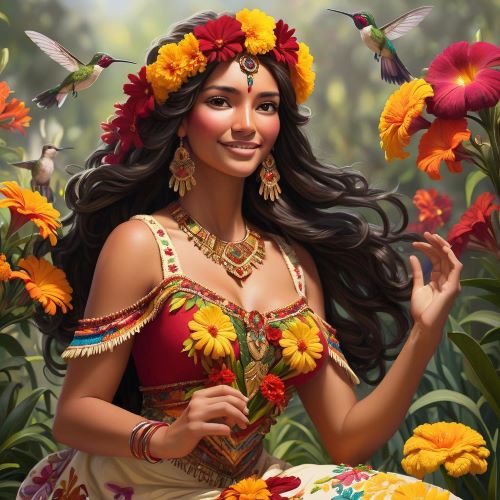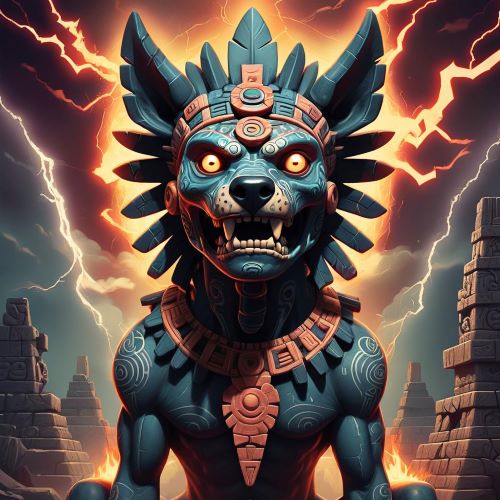Aztec & Toltec Mythology
Aztec and Toltec mythology, two of the most influential traditions in Mesoamerican history, continue to fascinate for their depth, symbolism, and cultural significance. Though separated in time, the Toltec civilization provided an important foundation upon which Aztec culture and mythology were later built. Both traditions explain creation, the role of gods, and the importance of balance between order and chaos, life and death. Preserved through oral traditions, sacred codices, and monumental architecture, these mythologies reflect a worldview where every aspect of existence—nature, politics, war, and ritual—was connected to divine forces. Exploring Aztec and Toltec mythology reveals a legacy that continues to shape Mexican cultural identity today.
Toltec mythology emphasized sacred knowledge, artistry, and the balance between spiritual and earthly life. quetzalcoatl/”>Quetzalcoatl, the Feathered Serpent, was the central figure of Toltec spirituality, representing wisdom, fertility, and creation. Stories describe Quetzalcoatl as both a culture hero and a god who taught humanity agriculture, astronomy, and ethical living. Toltec myths also speak of Tezcatlipoca, the god of night and change, who stood in contrast to Quetzalcoatl, creating a duality that shaped the universe. Through their myths and monumental centers such as Tula, the Toltecs left a spiritual framework that deeply influenced later Mesoamerican traditions.
Aztec mythology built upon and expanded these foundations, developing a highly complex cosmology. Central to Aztec belief was the concept of the Five Suns, or the five successive worlds, each destroyed and reborn through divine sacrifice. Gods such as Huitzilopochtli, Tlaloc, and Quetzalcoatl played essential roles in these cycles, embodying war, rain, and creation. Aztec rituals, including offerings and ceremonies at great temples like the Templo Mayor, were acts of cosmic balance meant to sustain the sun and the universe. Stories of journeys through the underworld, battles between gods, and the creation of humanity reflect the Aztec understanding that life itself was intertwined with sacrifice, renewal, and the eternal struggle between order and chaos.
Today, Aztec and Toltec mythology remain central to Mexico’s cultural and historical identity. Ancient codices, temples, and sculptures continue to preserve these traditions, while modern writers, artists, and educators reinterpret them for new generations. For Indigenous communities, these myths are a living heritage that reinforces identity and cultural pride. Globally, the myths of Quetzalcoatl, Tezcatlipoca, and the Aztec gods inspire literature, film, and art, showing the timeless appeal of these stories. Exploring Aztec and Toltec mythology offers not only dramatic tales of gods and creation but also insight into worldviews that valued sacrifice, balance, and the sacred interconnectedness of all life.


